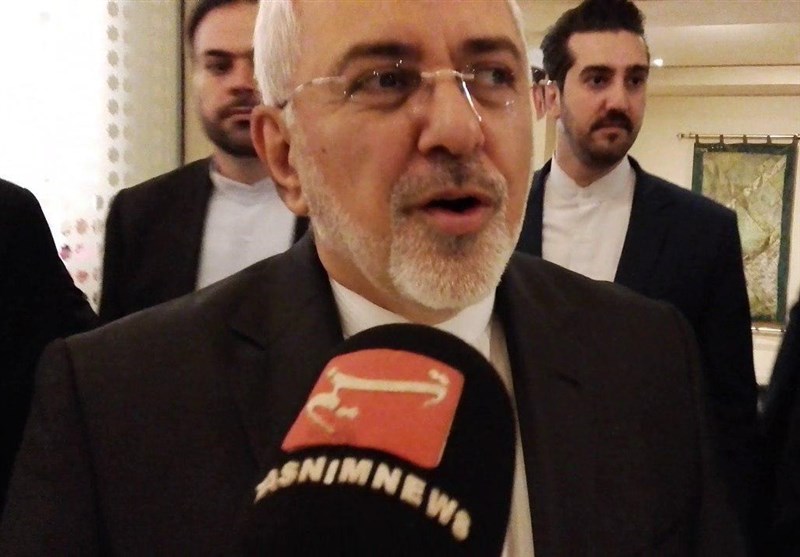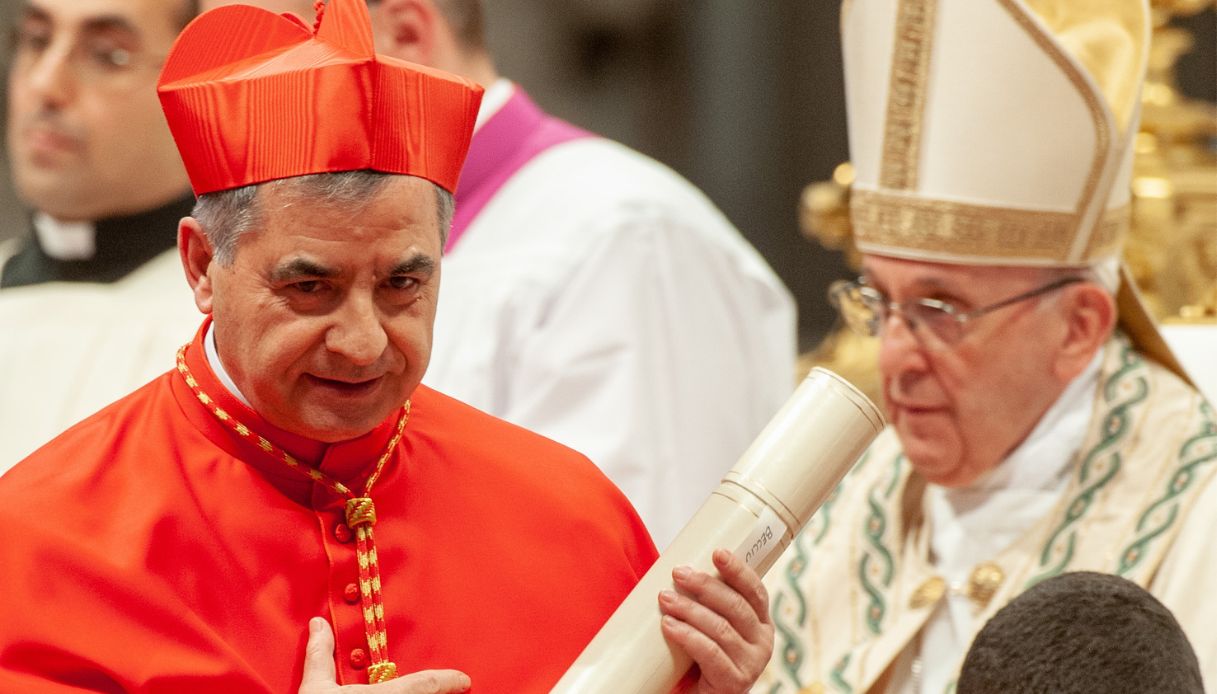Global Military Spending Surge: Europe's Response To The Russian Threat

Table of Contents
The Rise in European Defense Budgets
Since the Russian invasion of Ukraine, European defense budgets have experienced a dramatic upswing. The perceived vulnerability exposed by the conflict has spurred a wave of increased military expenditure across the continent. Countries previously hesitant to significantly increase their defense budget increase have now committed to substantial rises in spending to bolster European defense and safeguard national security.
-
Specific examples of budget increases:
- Germany, traditionally cautious about military spending, has pledged a significant increase, aiming to reach 2% of GDP dedicated to defense spending, a substantial commitment to European defense.
- Poland, facing a direct threat from its eastern neighbor, has undertaken a major military modernization program, reflected in a considerable expansion of its defense budget.
- The United Kingdom, a key NATO member, has also increased its defense spending, recognizing the evolving security landscape and the importance of a robust military response to the Russian threat.
-
Pre-invasion vs. post-invasion spending: The contrast is stark. Many European nations previously maintained relatively low defense budgets compared to their GDP. The invasion acted as a wake-up call, leading to immediate and planned increases in spending.
-
Planned future increases: Several European countries have announced plans for continued increases in defense spending over the coming years, indicating a long-term commitment to strengthening their military capabilities. This reflects a sustained commitment to addressing the challenges posed by the Russian threat.
Modernization of European Armed Forces
The increased defense spending isn't merely about larger budgets; it's about modernization. European nations are actively transforming their armed forces, focusing on several key areas:
Acquisition of advanced weaponry
The acquisition of advanced weaponry is a central element of the military modernization process. This includes:
- Advanced fighter jets: Several European countries are investing in the latest generation of fighter jets, improving their air superiority capabilities.
- Air defense systems: Enhanced air defense systems are being deployed to counter potential threats from advanced weaponry. This reflects the growing awareness of the Russian threat and the need for robust defenses.
- Other cutting-edge military technology: Investments are being made in a range of advanced technologies, including drones, cyber warfare capabilities, and precision-guided munitions.
Strengthening cyber defense capabilities
In modern warfare, cybersecurity is paramount. Recognizing this, European nations are significantly increasing their investments in building resilient cyber defenses to protect critical infrastructure and counter potential cyberattacks. This is a crucial aspect of preparing for modern warfare, given the increasingly sophisticated nature of the Russian threat.
Improving interoperability within NATO
Enhanced NATO interoperability is crucial for a collective response to the security challenges posed by Russia. There is a greater focus on standardizing equipment, improving communication, and enhancing combined training exercises. This reflects a growing understanding of the importance of coordinated action in countering the Russian threat.
Geopolitical Implications of the Spending Surge
The surge in European military spending has profound geopolitical implications.
The balance of power in Europe
The shift in the power balance in Europe is significant. The increased defense spending by NATO members creates a more robust counterweight to Russian military might, although it also risks escalating tensions.
Relations with Russia
The increased military spending has significant implications for Russia-NATO relations. While some argue it's a necessary deterrent, others fear it could inadvertently lead to an escalation of the conflict. This underscores the complex and delicate nature of the situation.
Global arms trade
The increased European demand for advanced weaponry is impacting the global arms trade. This increased competition for resources and weapons systems could have both economic and geopolitical consequences, potentially leading to an arms race. Understanding the dynamics of the global security landscape is crucial in interpreting these ramifications.
Conclusion: Understanding the Surge in European Military Spending
The significant increase in European military spending is a direct response to the perceived threat from Russia. The invasion of Ukraine served as a wake-up call, forcing a reassessment of European security strategies and a commitment to strengthening defenses through budget increases, military modernization, and improved NATO interoperability. The long-term consequences of this military buildup are yet to be fully determined, but it will undoubtedly reshape the power balance in Europe and have lasting implications for global security. It is vital to stay informed about developments in European military spending and its impact on regional and global security. We urge further research into specific aspects of European defense strategies and the evolving Russian threat to gain a comprehensive understanding of this critical shift in the global landscape.

Featured Posts
-
 Rugby World Cup Dupont Leads France To Victory Against Italy
May 01, 2025
Rugby World Cup Dupont Leads France To Victory Against Italy
May 01, 2025 -
 Brtanwy Parlymnt Ky Kshmyr Ke Msyle Ke Hl Pr Hmayt Ayk Ahm Pysh Rft
May 01, 2025
Brtanwy Parlymnt Ky Kshmyr Ke Msyle Ke Hl Pr Hmayt Ayk Ahm Pysh Rft
May 01, 2025 -
 Tongas U 19 Womens Football Team Secures 2025 Ofc Championship Spot
May 01, 2025
Tongas U 19 Womens Football Team Secures 2025 Ofc Championship Spot
May 01, 2025 -
 Papa Francesco Difende Il Cardinale Becciu Le Dimissioni Non Sono All Ordine Del Giorno
May 01, 2025
Papa Francesco Difende Il Cardinale Becciu Le Dimissioni Non Sono All Ordine Del Giorno
May 01, 2025 -
 3 Dias Para Tu Clase De Boxeo En El Estado De Mexico
May 01, 2025
3 Dias Para Tu Clase De Boxeo En El Estado De Mexico
May 01, 2025
